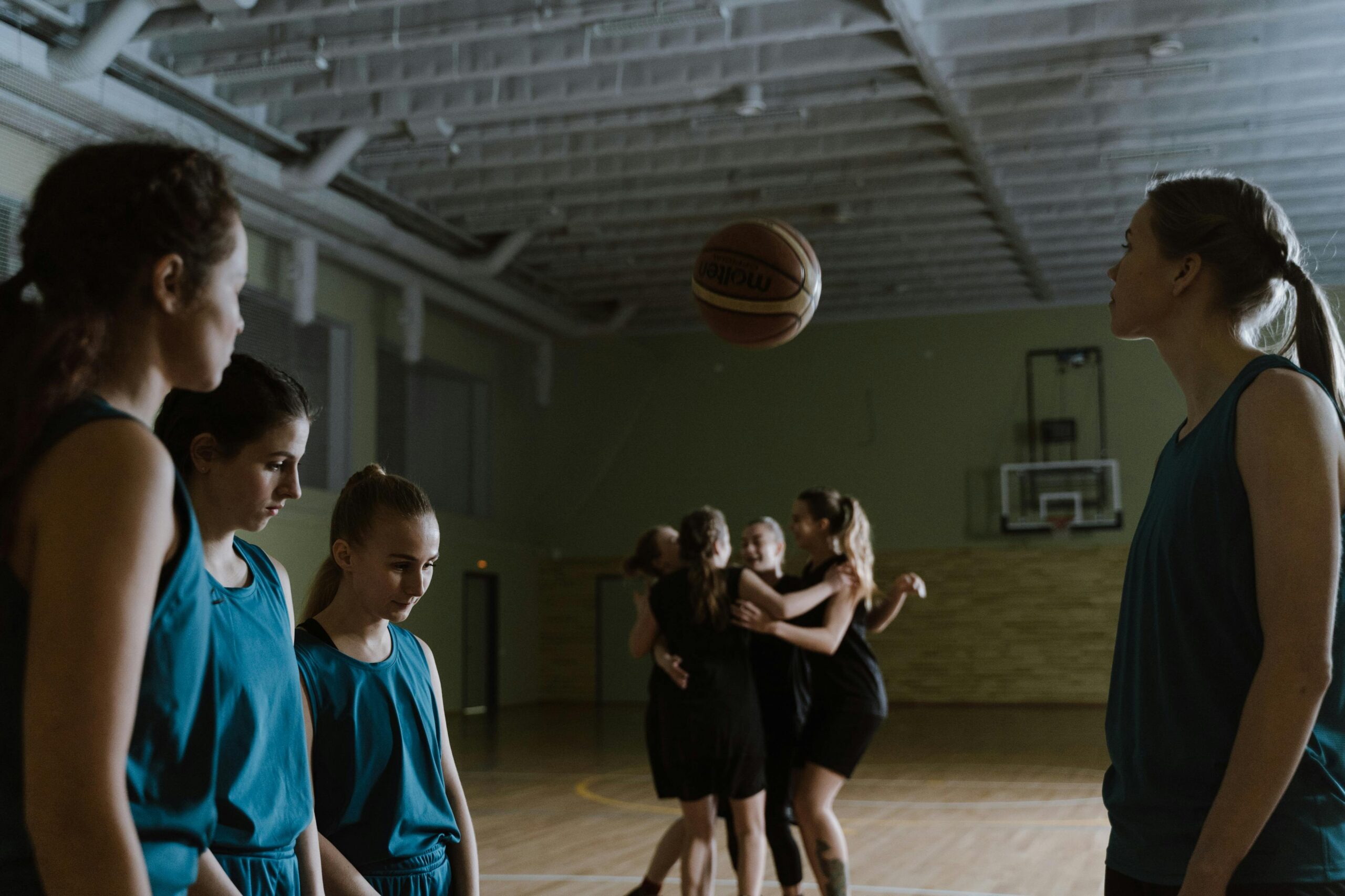
Pay-to-Play: Should High School Sports Be Free?
High school sports are more than just games—they’re about building teamwork, discipline, and lifelong memories. But let’s be real: pay-to-play fees are making it harder for many students to hit the field. With rising costs for equipment, uniforms, transportation, and even coaching staff, the big question is: should high school sports be free?
Let’s break it down and look at both sides of this hot-button issue.
The Reality of Pay-to-Play Fees
If you’ve been part of a high school sports program, you’ve probably heard the phrase “pay-to-play.” It’s a system where families are required to cover fees for their child to participate in sports. These fees can range anywhere from $50 to over $500 per season, depending on the school and the sport.
For families with multiple kids or tight budgets, these costs can feel overwhelming. And that’s not even counting extras like travel expenses, spirit wear, or offseason training programs. In some cases, these fees are driving kids away from sports altogether.
Why Do Schools Charge Pay-to-Play Fees?
Here’s the kicker: high school sports aren’t cheap to run. From maintaining fields and gymnasiums to hiring qualified coaches and buying updated equipment, the costs add up fast. Schools often face budget cuts, and sports programs are one of the first places they look to trim expenses.
Pay-to-play fees help fill the gap, ensuring that teams can still compete. Without these funds, some schools might have to cut entire programs.
Why High School Sports Should Be Free
1. Equal Opportunity for All
Sports should be accessible to every student, no matter their family’s financial situation. When fees act as a barrier, it’s not just the kids who miss out—schools lose potential talent, and communities lose future leaders.
2. Physical and Mental Health Benefits
Playing sports keeps kids active, builds confidence, and reduces stress. With mental health concerns on the rise, shouldn’t we be encouraging more participation, not less?
3. Fostering School Spirit
High school sports bring communities together. From Friday night football games to regional track meets, these events create a sense of pride and connection that goes beyond the players on the field.
Possible Solutions to Eliminate Pay-to-Play Fees
If high school sports were free, how would we fund them? Here are a few ideas:
• Corporate Sponsorships: Companies could sponsor teams, helping cover costs while boosting their brand in the local community.
• Fundraising: Schools and teams could organize events, like car washes or bake sales, to raise money.
• Boosting Tax Funding: Some communities may be willing to allocate more tax dollars to keep sports free for students.
• Nonprofit Grants: Organizations like the National Federation of State High School Associations (NFHS) could step in to provide financial assistance.
The Middle Ground: Scholarships and Sliding Scales
Some schools have implemented a sliding scale for pay-to-play fees based on family income or offer scholarships for students who can’t afford the costs. It’s not a perfect solution, but it helps bridge the gap until more sustainable funding options are in place.
So, Should High School Sports Be Free?
At the end of the day, it’s hard to deny the value of free sports programs. They promote inclusion, health, and community, giving every student the chance to shine. But making them free requires commitment—not just from schools, but from communities, businesses, and policymakers.
What’s your take? Are you team “sports for all” or do you think pay-to-play is a necessary evil? Either way, this is a conversation worth having—because when it comes to high school sports, everyone deserves a shot at the game.


